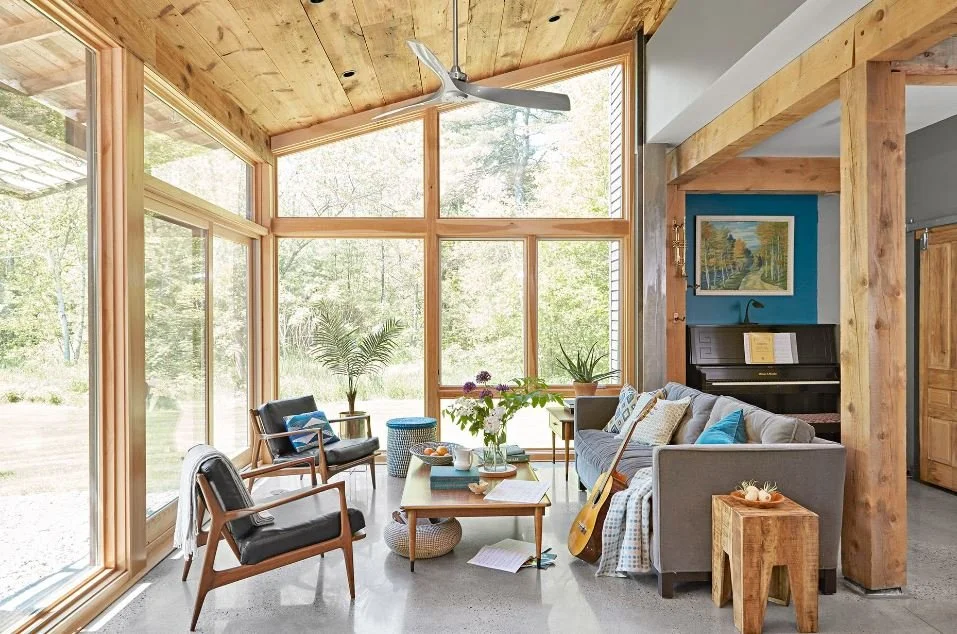Seamless Integration: Blending Your Room Addition With Existing Space
Expanding your living quarters can be an exciting venture, yet it carries with it the substantial challenge of ensuring the new addition harmonizes aesthetically with the pre-existing space. The art of seamless integration involves more than simply replicating architectural features; it requires a careful balance of design elements, a deep comprehension of the existing architectural style, and a keen eye for detail.
This task, while intricate, is by no means unattainable. In fact, with the appropriate guidance, it can be accomplished quite effectively. As we explore this topic further, we will consider a range of strategies, from understanding your home's architectural style to practical tips for seamless room integration, each designed to assist you in creating a harmonious and visually appealing expansion to your home.
Understanding Your Home's Architectural Style
Before delving into the process of blending a room addition with your existing space, it is crucial to gain a comprehensive understanding of your home's architectural style. This plays a pivotal role in maintaining aesthetic consistency and structural integrity. The architectural style of your home is the fundamental blueprint dictating the composition and layout of your current space. This includes the facade, roofline, window placement, and even the materials used in your home's construction.
Being cognizant of your home's architectural essence helps to plan for a seamless addition, ensuring that the new space does not seem out of place or disrupt the overall design flow. For instance, a modern addition may clash with a Victorian-style house, leading to an awkward juxtaposition. Conversely, a well-planned addition that carefully considers the existing architecture can enhance the overall aesthetic appeal of your home, providing a sense of unity and harmony.
Tips for Seamless Room Integration
Efficiently integrating a new room into your existing home requires careful planning and attention to detail to achieve a seamless blend of old and new. The first tip for seamless integration is to maintain continuity in architectural style. The new space should not feel like an afterthought but must blend with the existing layout and design of your home. This includes matching rooflines, window styles, and exterior finishes.
Secondly, consider the flow of traffic in your home. The addition should not disrupt this but should enhance it. Placement of doors and hallways should be carefully thought out.
The third tip is to ensure consistency in materials and finishes. The same type of flooring, wall color, and trim should be used in the new room as in the existing rooms. This offers visual continuity and a cohesive feel.
Lastly, consider the scale of the room addition. It should not overpower the existing structure but should complement it, maintaining the balance and proportion of your home.


